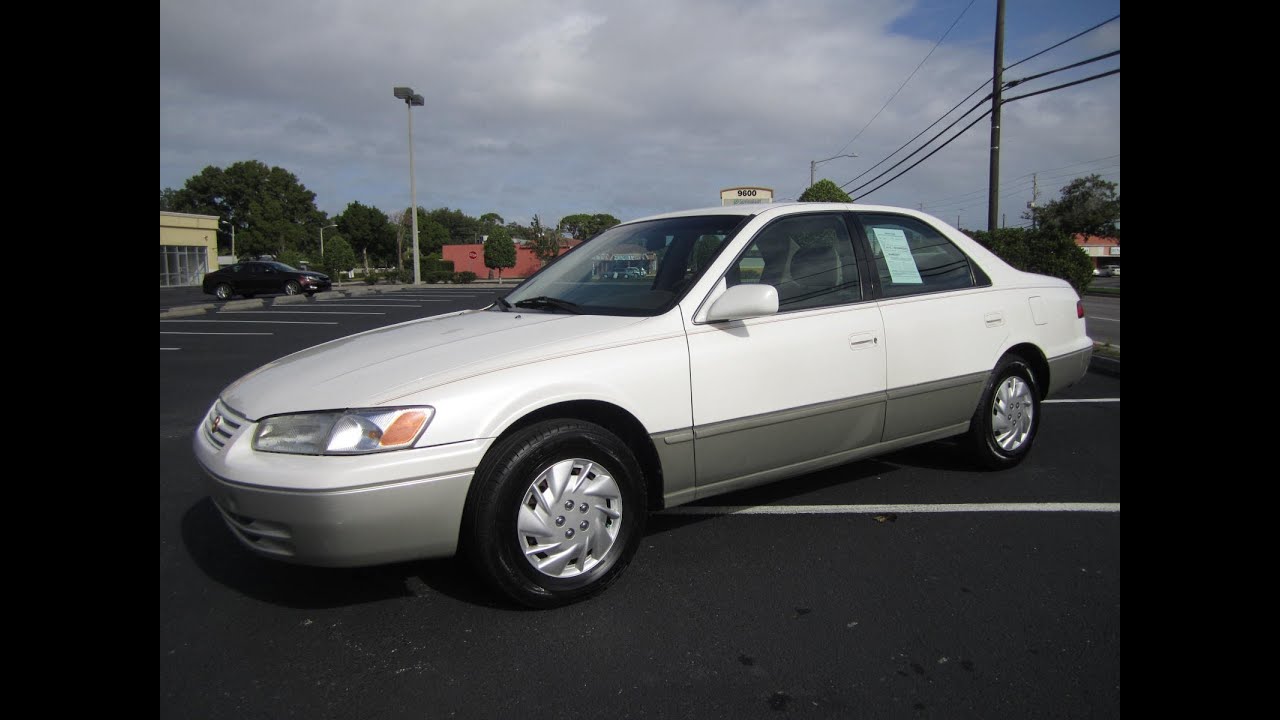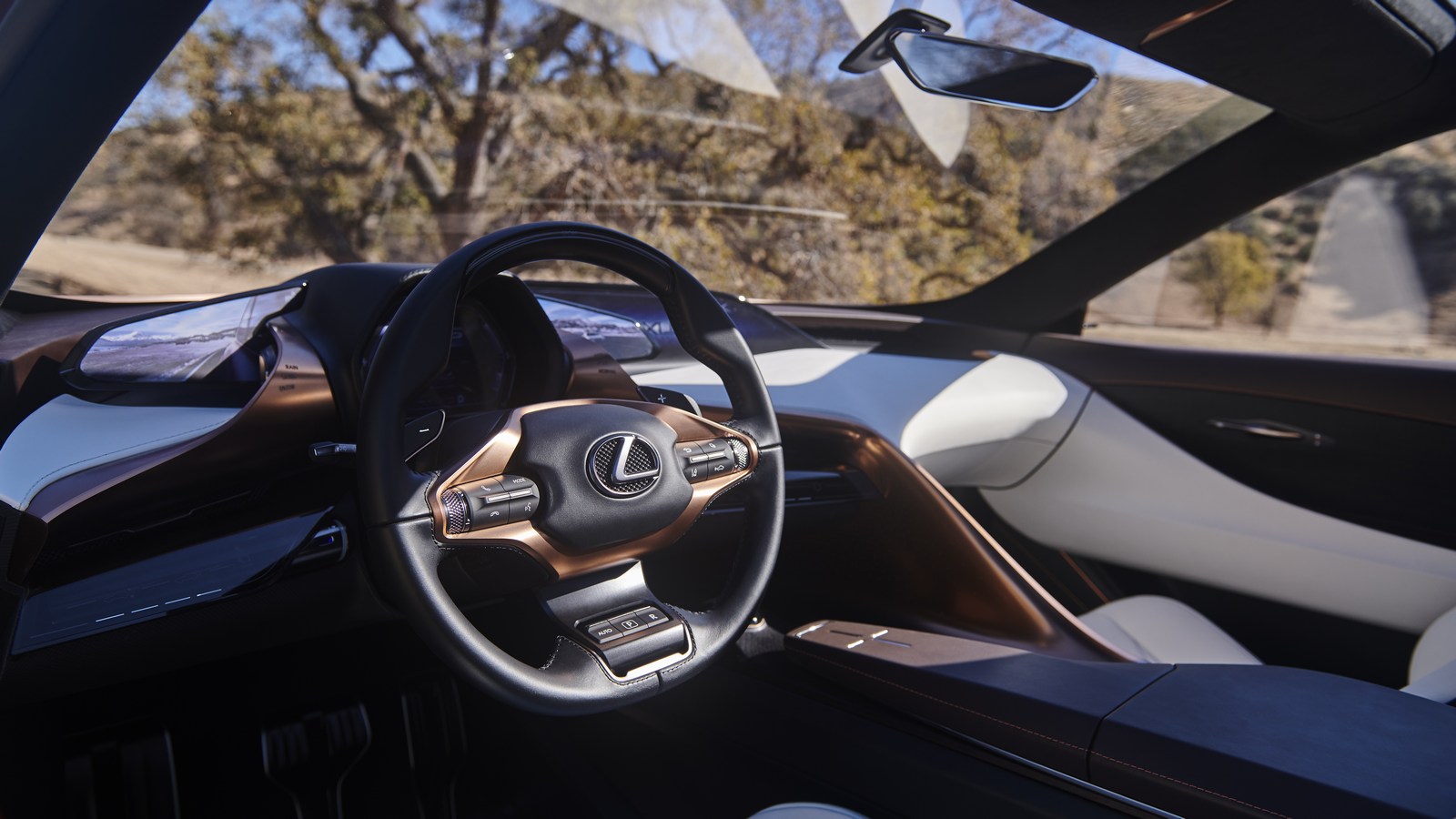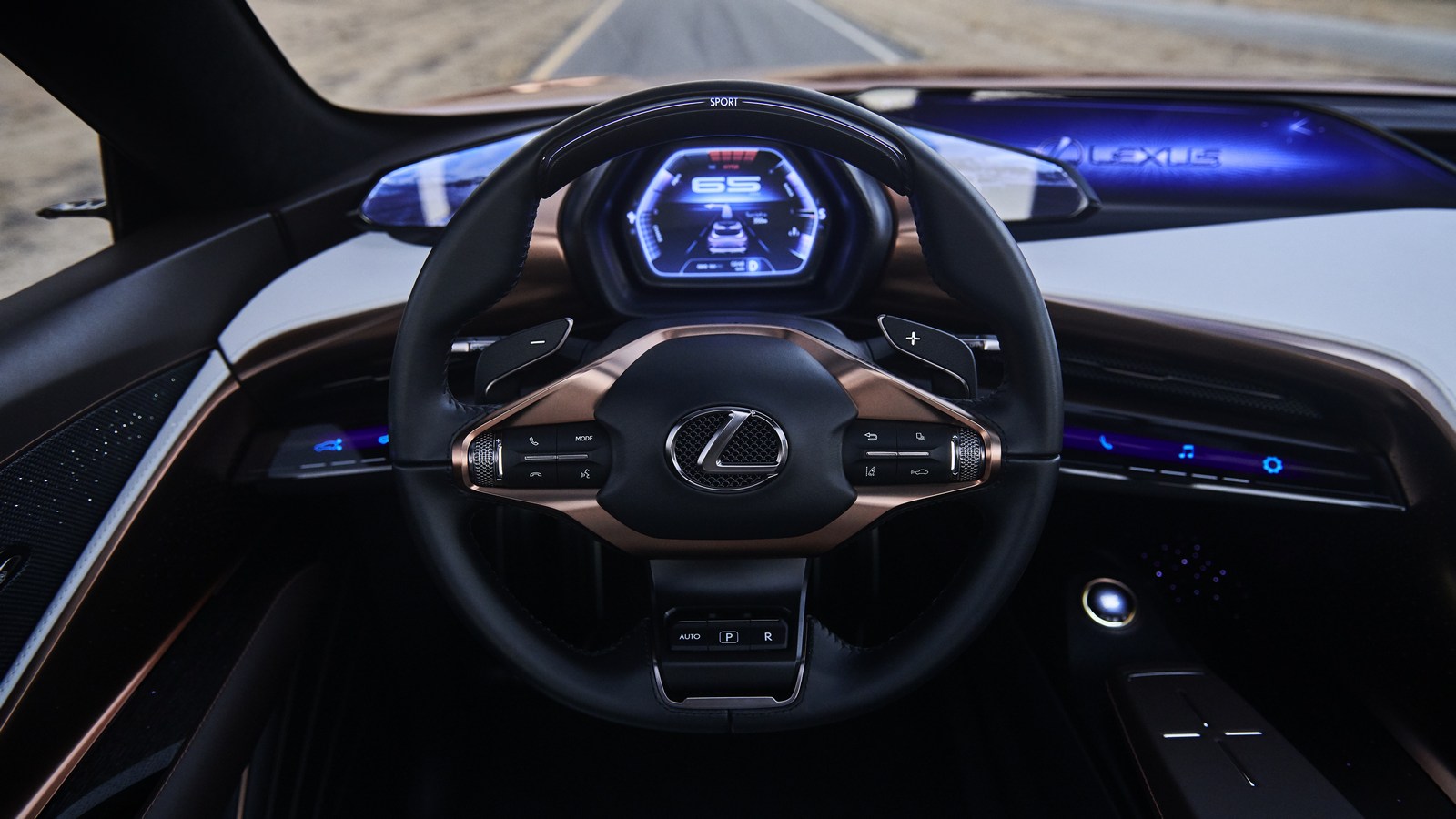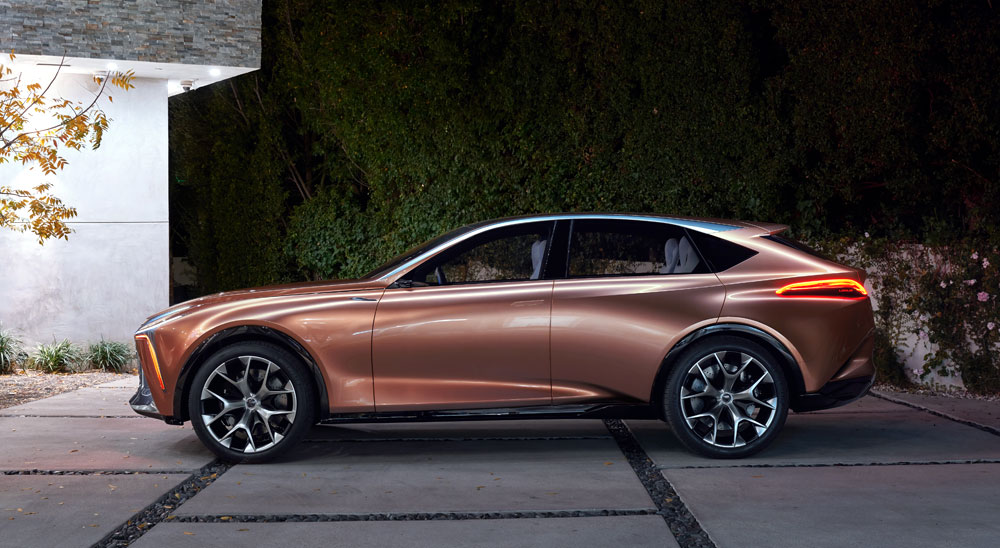Fullsize CUV Would Fill Missing Spot in Lexus Lineup, Exec Says
2018 North American International Auto Show
Jan 16, 2018
Steve Finlay | WardsAuto
“We have to build this vehicle,” says an enthusiastic Jeff Bracken, group vice president and general manager of Lexus in the U.S.
DETROIT – On stage introducing the Lexus F-1 Limitless concept CUV at the North American International Auto Show, Jeff Bracken addresses his boss sitting in the audience.
“We have to build this vehicle,” Bracken, general manager of the Lexus in the U.S., tells Yoshihiro Sawa, head of
Toyota’s luxury brand overall.
Bracken is quick to qualify. “I’m not saying that as an announcement,” he tells the audience as he stands next to the striking concept vehicle at center stage.
His enthusiasm remains unabated as he talks with a few journalists after the vehicle debut. “We couldn’t be happier if we turned this into a production vehicle. It clearly is one of the most gorgeous concepts we’ve revealed.”
Created at
Toyota’s Calty Design Research in California, the F-1’s “design visualization fuses the organic shapes of liquid metal with the sharp edges of a traditional Japanese sword,” Lexus says in a press release.
But more than aesthetics fuels Bracken’s enthusiasm. He says on the sidelines the fullsize CUV would fill a missing spot in the lineup.
“We clearly have a gap at the high-end premium cross-utility segment,” he says.
“So we are motivated. This would be a huge addition for us in the cross-utility segment. When you think of the volume we are missing, there’s a high-end gap for us.”
If the LF-1 makes it into production, the vehicle would weigh in above the midsize RX, currently the Japanese luxury brand’s biggest CUV to date.
Lexus also offers the LX and GX SUVs, but those are truck-based. A production LF-1 would rest on a car platform, likely that of the brand’s LS fullsize sedan.
In a hot CUV market, “we absolutely need this vehicle,” Bracken says of the LF-1.
“Utility vehicles were 65% of the U.S. market for the year and 72% in December, so they are going higher.”
The concept vehicle holds two rows and four seats. No decision has been made whether the automaker would fit a potential production version with three rows.
“We’d strongly evaluate those kinds of matters should we go down that path of production,” Bracken says.
Lexus would sell the vehicle globally, including Europe and China, the world’s biggest vehicle market. The U.S. represents nearly 50% of the brand’s sales.
But Lexus has lost market share in the U.S, selling 305,132 units last year, down 7.9% from 2016.
The RX saw 2017 sales of 102,606 units, a 1.8% decrease from the year before.
Lexus seems overly dependent on the RX, auto analyst Rebecca Lindland of Kelley Blue Book says here.
But Bracken tells
WardsAuto: “The RX is the No.1-selling luxury vehicle in the industry. We would never walk away from it.”






